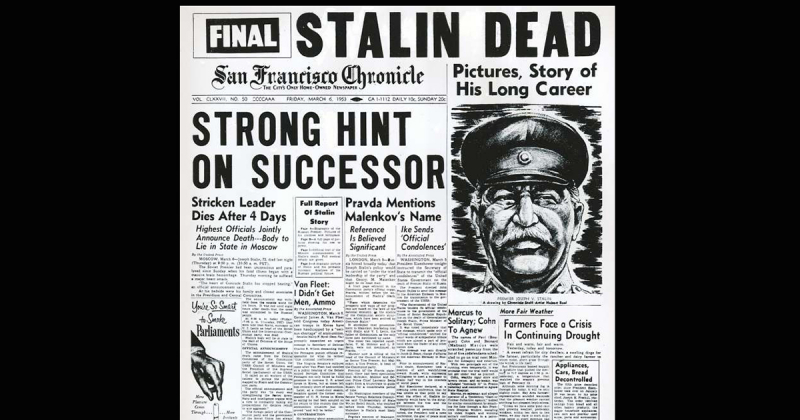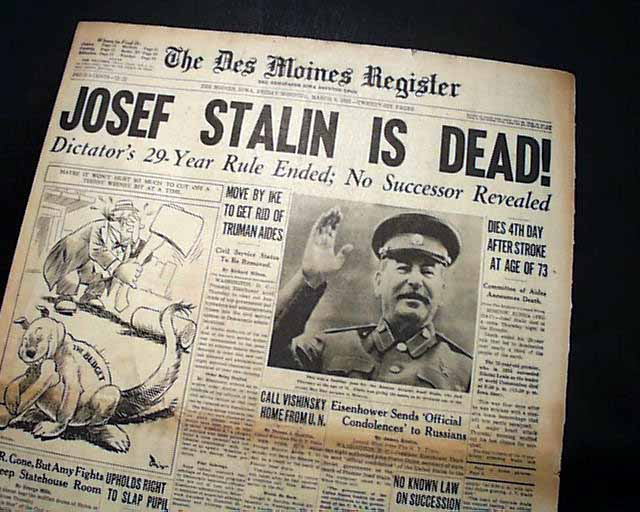Stalin's death had many doubts
Stalin's health started to deteriorate in 1950 when he was more than 70 years old. Stalin had utter mistrust of them despite being treated by the best Soviet physicians; this mistrust only grew once the person suggested that he take a break for his health.
Stalin started taking lengthier vacations for health reasons, notably to the warmer parts of the southern Soviet Union, where he frequently stayed in one of his numerous villas scattered throughout the nation. Stalin didn't return to Moscow from a lengthy holiday in the south until March 1, 1953. Stalin suffered from a brain hemorrhage when his body was discovered semi-conscious on the bedroom floor by Stalin's agents that same day.
The majority of the greatest Soviet medical professionals were permitted to treat Stalin out of fear of upsetting him, with those Stalin sent home. Stalin was thus given the chance to live, but due to brain problems, he passed away on March 5. Although there are no official papers confirming it, many believed that Lavrentiy Beria had poisoned Stalin on behalf of British Intelligence (as Beria may have been paid for by British Intelligence) even though they did not formally accept the Soviet diagnosis.
On March 6, Stalin's passing was revealed. The body was embalmed and put on display for three days in Moscow's House of Unions. There were roughly 100 fatalities due to the size of the throng. Hundreds of thousands of people attended the funeral, which included the remains being laid to rest in Lenin's Mausoleum on Red Square on March 9. As the police became aware of those who were celebrating Stalin's death, there was an uptick in arrests for "anti-Soviet activity" throughout that month. Stalin's passing led to the establishment of an official time of mourning in China. At St. George, the Martyr in Holborn, London, a memorial service was also held in his honor.















